
Drilling for emergencies is an ongoing reality for my fireman husband since the city of Seattle (like most metropolitan areas) prepares for catastrophic events. It makes just as much sense for families to do the same.
So starting Saturday, August 8th, we began the "No Grocery Shopping Challenge" through the end of the month. It will be doubling challenging (more like a 6-week event), since we are a family of 12 right now and things fly off the shelf at a rather alarming rate! But it's also a great opportunity to see how prepared we really are in case of a real emergency.
To kick things off - I took a picture of my pantry for a before and after shot and will be regularly posting our experiences.
This much I have figured out already:
I may have to hide the cheese and ration it out for special occasions since the first 2 lb. block has already disappeared. And the 30 half gallons of apple juice that I got for a killer deal ($1 a piece!) won't make it through the end of the month unless we ration those as well. When you know you can't run to the grocery store, you start thinking differently about food options!
Our menus thus far:
Saturday morning I made a huge pot of homemade chicken noodle soup and took some to a sick friend. The rest fed the whole clan through lunch and dinner (with a little help from Campbell's chicken and dumplings to make it go the distance).
Sunday we cooked kidney beans in the crockpot and made chili and cornbread for dinner. Tonight it will be chili dogs and fritos. The kids are excited!










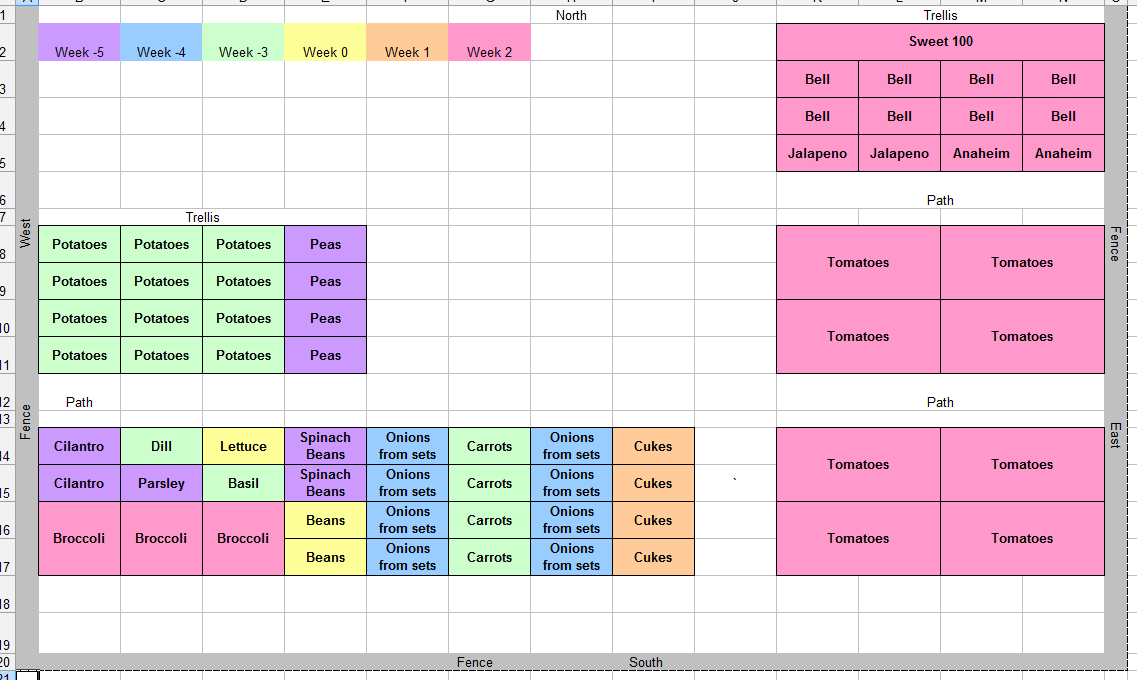


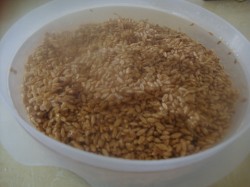
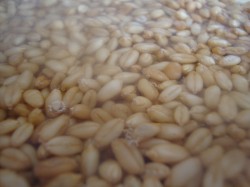


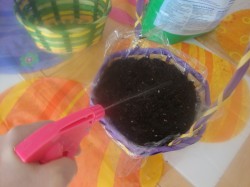

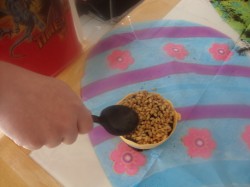

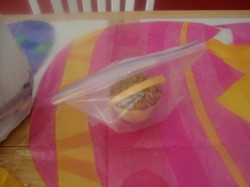




 The other day, I spent the afternoon helping at my daughter’s school. I usually carry around a bottle of water with me, but I had forgotten my bottle in the shuffle of bringing in supplies. I came home later that evening and downed a HUGE class of cold water. As hungry as I was, it was the water that I was really yearning for. It was then that I began to think about this new journey of Preparedness I was planning on taking with you, and it struck me that if I could barely go a few hours without getting uncomfortable without water, it should be top on my preparedness priority list!
The other day, I spent the afternoon helping at my daughter’s school. I usually carry around a bottle of water with me, but I had forgotten my bottle in the shuffle of bringing in supplies. I came home later that evening and downed a HUGE class of cold water. As hungry as I was, it was the water that I was really yearning for. It was then that I began to think about this new journey of Preparedness I was planning on taking with you, and it struck me that if I could barely go a few hours without getting uncomfortable without water, it should be top on my preparedness priority list! Now that you have your survival stash for the first three days of an emergency, what about storing water in your home? Did you know that you should consider having both stationary and portable water?
Now that you have your survival stash for the first three days of an emergency, what about storing water in your home? Did you know that you should consider having both stationary and portable water?



 Bottled Emergency Kits {
Bottled Emergency Kits { Starter Emergency Kit {
Starter Emergency Kit { 3-Day Lite Emergency Kit {
3-Day Lite Emergency Kit {
 3-Day Emergency Kit {
3-Day Emergency Kit { Trekker™ Kits
Trekker™ Kits ReadyWise™ Kits
ReadyWise™ Kits  Comp™ Kits
Comp™ Kits 








